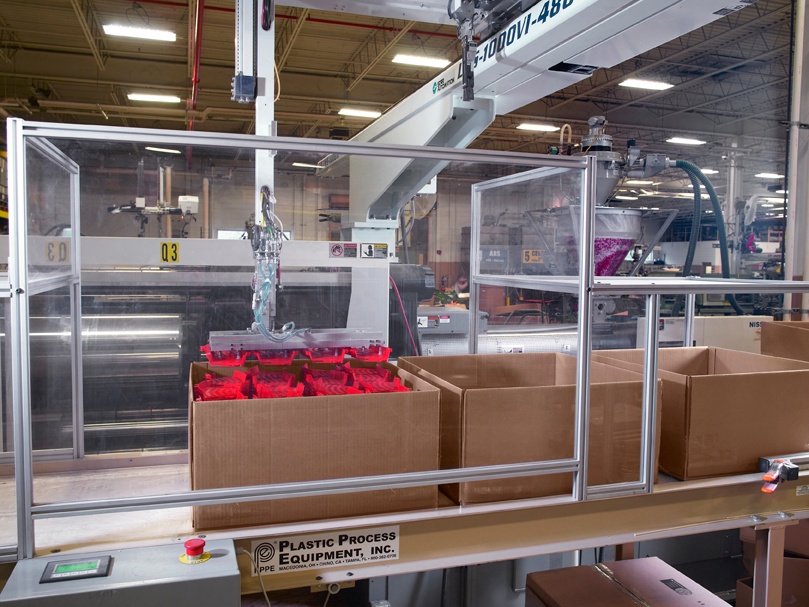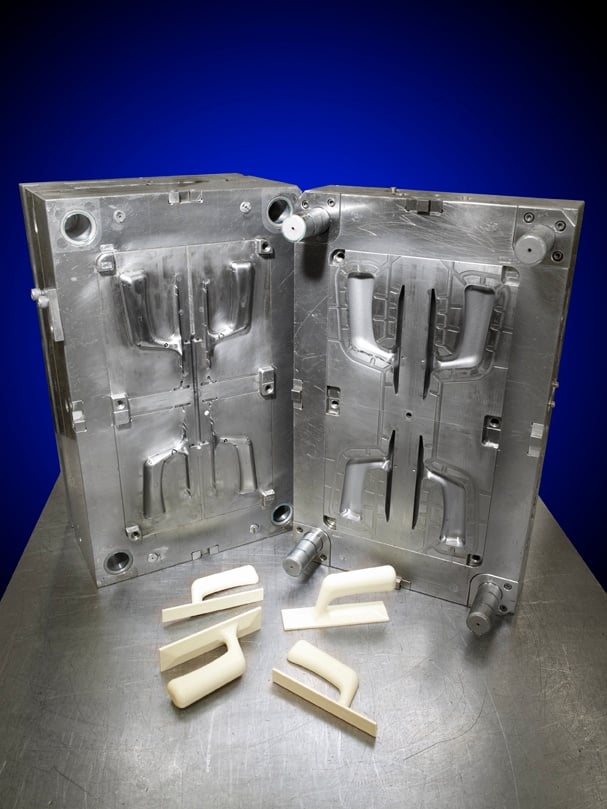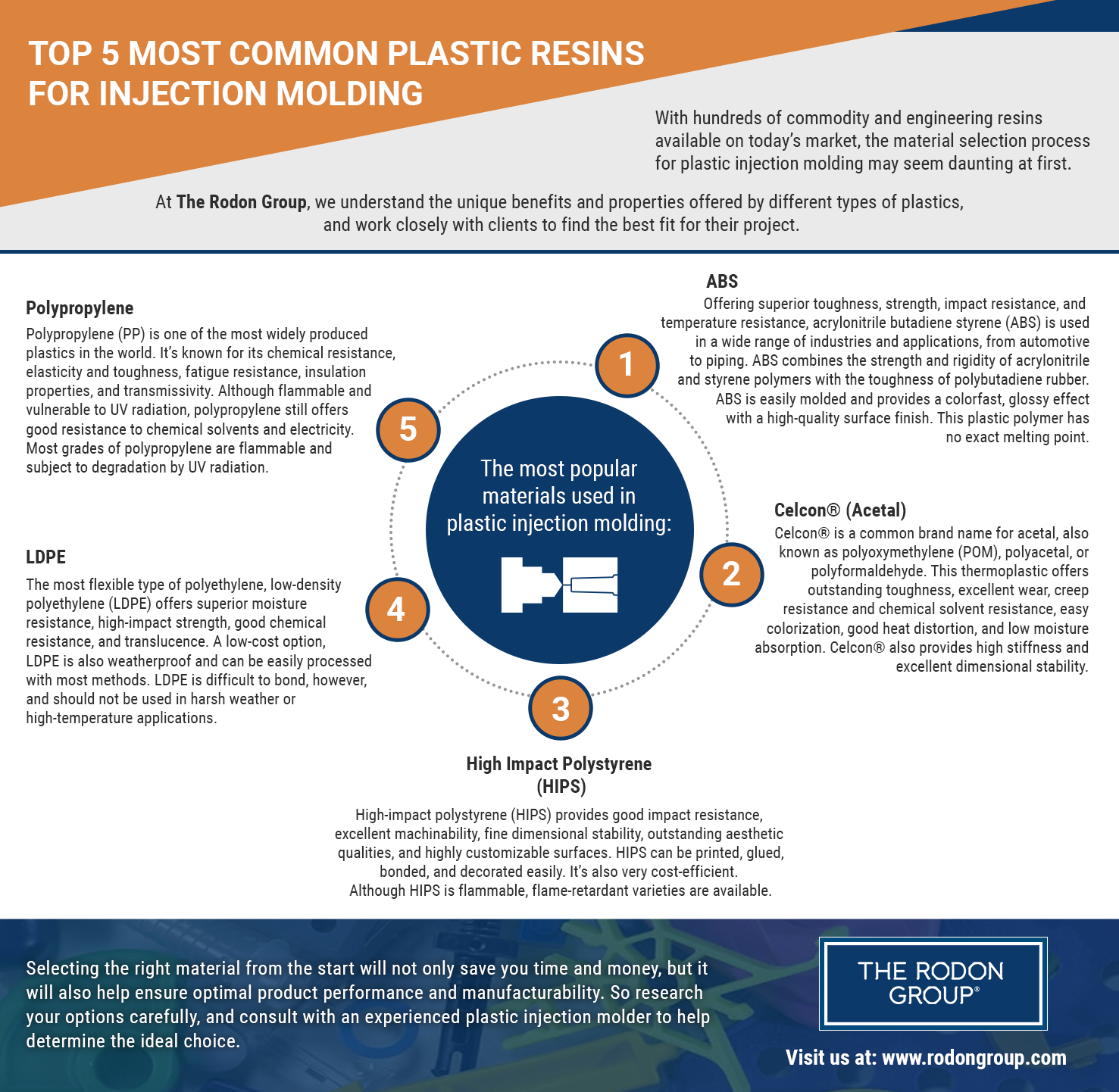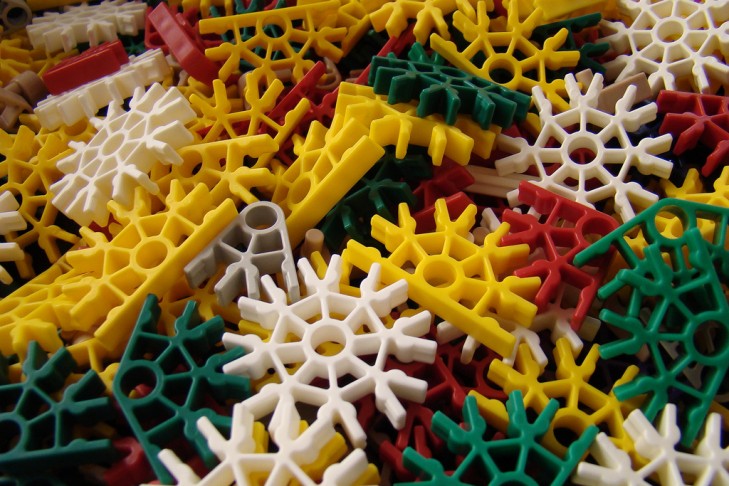Used in all types of industries, plastics provide versatility and strength across a wide range of applications, from automotive body parts to human body parts. Each application requires a unique manufacturing process that can mold the part based on specifications.
Both injection molding and 3D printing are additive manufacturing processes that create highly complex parts using near-identical product runs. Manufacturers can choose from a broad selection of plastics and thermoplastic materials to perform either process, but there are a few applications where injection molding or 3D printing is preferred. If you're choosing which technique to use for your organization, consider the following side-by-side comparison.
As we've progressed from revolutionary inventions such as the light bulb on to the telecommunications age of the radio, phones, and televisions, the methods of manufacturing and product design have evolved as well. Computers, the internet, sustainable power, and everything that comes next is the driving force behind the advances in modern moldmaking in manufacturing. To understand where we are going, however, we must look at how we got here.
Developed with designers, engineers, and purchasing specialists in mind, our completely revised and expanded eBook, An Introduction to Plastic Injection Molding provides a thorough understanding of plastic injection molding processes, presses, and costs. Our goal is to help our customers and followers become more knowledgeable about what goes into making a plastic part.
With hundreds of commodity and engineering resins available on today’s market, the material selection process for plastic injection molding may seem daunting at first.
At The Rodon Group, we understand the unique benefits and properties offered by different types of plastics. To help you understand your options and which kind might be the best fit for your project, our team of experienced industry professionals have put together a concise infographic on the "Top 5 Most Common Plastic Resins for Injection Molding." :
Click Infographic to Expand
While plastic has been used to create a vast number of consumer products, the material’s potential uses expand far beyond children’s toys or storage containers. Today, industry experts rely on plastics to create everything from automotive parts to synthetic human body parts.
Colored plastics see broad usage every day in a vast range of applications and settings, but not many people understand how these hues are created and implemented. With the help of Penn Color, a knowledgeable and experienced local colorant manufacturer who has a longstanding partnership with The Rodon Group, we have gathered information and insights into how the plastic products we know and use every day get their colors.
At The Rodon Group, we are dedicated to maintaining the health and vitality of the environment. We firmly believe that every business holds a societal obligation to implement green manufacturing initiatives aimed towards fostering sustainability and minimizing the impact on the local community and environment.
For over six decades, The Rodon Group has provided innovative manufacturing solutions for a wide range of industrial applications. As an ISO 9001:2015 certified plastic injection molder, we offer high-quality custom parts in high volumes and at low costs to clients in the following industries:

















